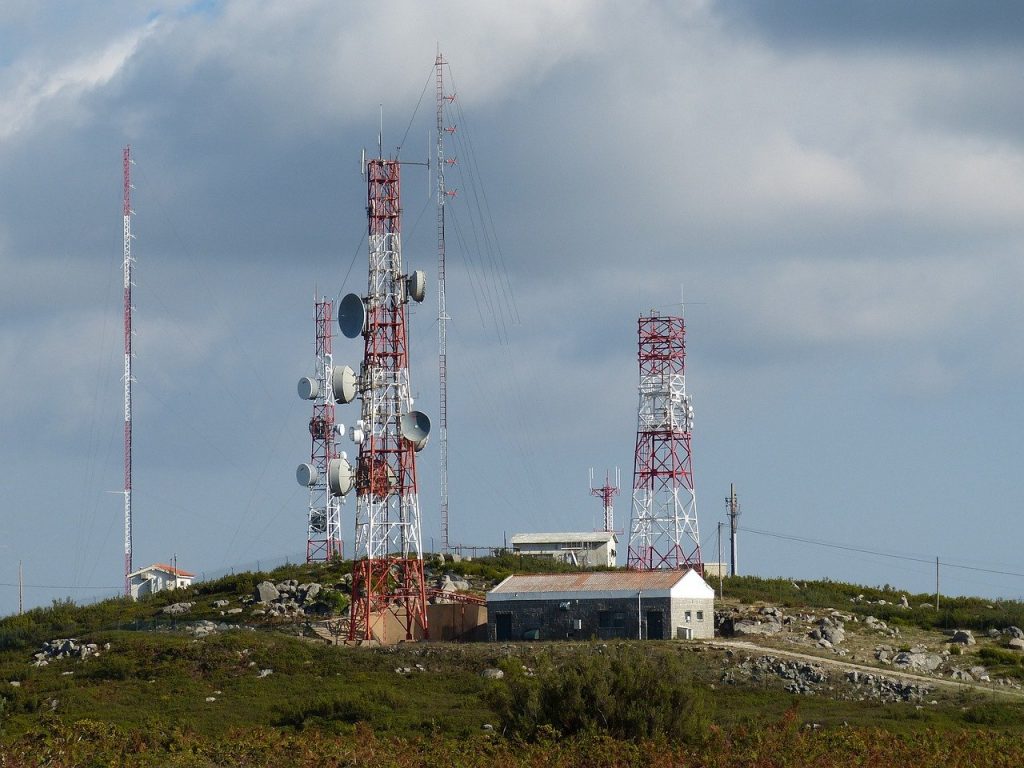There is a wide variety of antennas for every network project you have. They come in various shapes and sizes that you can apply for different purposes. Some antennas can be attached externally, and others must be designed to be invisible.
Both, however, should be functional. For example, your router’s antenna at home is almost always connected externally. On the other hand, in your mobile device, the antenna is smaller and built into the internal design.
What is an antenna?
An antenna is an essential device used in electronic transmission systems. Its primary function is to pick up an electrical signal. It, then, conveys it in a radio frequency, which circulates through the air. Primarily, it permits wireless communication exchange.
The antenna technology allows wireless connectivity to link other devices, especially in RF and telecommunications projects. There are different types of antennas specific for various applications. They vary in size, placement, properties, and functionality.
How do you know which antenna to choose?
Choosing the right antenna will bring your project off to a good start. Out of all the different types, your choice should fit precisely into the PCB (printed circuit board) layout and stack-up. In addition, it must work through the required range, perform without interference, and utilize a reasonable amount of power. Nonetheless, these dynamics will be demonstrated in the testing stage.
The topology of an antenna will determine its performance. It will demonstrate its efficiency, bandwidth, radiation pattern, and gain. An antenna with a smaller form factor may be promising, but if you look closely at its topology, the smallest antenna may not be the best choice.
It would help if you also looked at the design factors. Consider the antenna’s proximity to other components, the antenna’s position on the board, the ground plane requirement of the antenna, and the level of interference in the environment where the device is to be utilized.
Below are some of the different types of antennas, their features, and potential applications:
Monopole Antennas
Monopole antennas are omnidirectional. It means that the antennas emit signals in all directions on at least one plane. They are quarter wavelength structures. Because they are small, they are typically installed internally within a device. However, some designs also put them externally.
Features of Monopole Antennas
Monopole antennas possess a single antenna arm that is a quarter wavelength. It utilizes a ground plane as the other half of the dipole. Because of this, they can be made smaller than the dipole. As a result, they are easier to implement. It is important to note that with a monopole, the radiation pattern depends on the cable length and the ground plane size. Those installed externally will also rely on the metal enclosure size.
Applications for Monopole Antennas
When you cannot use a more extensive antenna such as the dipole, use the monopole antenna. The PIFA or Planar inverted-F antenna consists of a monopole antenna running parallel to a ground plane and grounded at one end. These are commonly used in wireless communication, UHF, and microwave frequencies.
It can be made much shorter than the monopole and more mechanically robust. You can use a small, inexpensive, narrowband and external antenna whenever you need it. These can be easy to manufacture and flaunts good efficiency and bandwidth in their small size.
Dipole Antennas
Dipole antennas, like monopole antennas, are omnidirectional. Unlike them, however, dipole antennas are typically large. They are half-wavelength structures, reaching about 6 inches in length for cellular antennas. Usually attached externally, they can be seen in devices like routers and gateways. They can be included with the device, or you may need to order them separately.
Features of Dipole Antennas
Dipole antennas boast consistent performance, omnidirectional radiation patterns, and reliable polarization. Its radiation pattern never depends on the box size or the ground plane. Instead, it has balanced currents on both antenna arms, resulting in little current flow on the ground plane.
Imagine a donut for its radiation pattern. Most of the energy is emitted from the antenna’s broadside. The metal box acts as the ground plane while the antenna isolates itself to do its job.
Applications for Dipole Antennas
If you need links in all directions, use a dipole antenna. This is especially true if you don’t know the location of the receiving device. Typically, dipole antennas are used for cellular and Wi-Fi applications. There are other dipole sub-types for the communication types you need for your project.
Nevertheless, the dipole antenna will work well for an external antenna mounted on a metal enclosure, regardless of the size. In harsh environments, metal enclosures are helpful for industrial applications of external antennas.
Patch Antennas
Unlike the omnidirectional antennas discussed above, patch antennas are directional. It means that your structure needs to have a line-of-sight communication between devices for best results.
Structure A can only talk with structure B if they are facing one another. It is advantageous for permanent devices. Since you know where the devices will always be, there is no need for omnidirectional radiation.
Features of Patch Antennas
Patch antennas are easy to manufacture. They are low-profile and lightweight. Like the dipole antennas, they have the natural resonance of half-wavelength despite the considerable decrease in size.
This is made possible with the use of dielectrics. Because of the dielectric-loaded small patch size and limited volume, the patch is narrowband. That is why they are also known as “microstrip antennas.”
Applications for Patch Antennas
If you have a direct line of sight between your transmitter and receiver and your bandwidth requirement is low, patch antennas are your best option. GPS communication is a classic example.
Since these devices use satellites in the sky, all the energy is focused on where they are needed. Hence, they also use a low data rate. Patch antennas are great for vehicle tracking. They are low profile and inexpensive for mass usage.
There are other types of antenna available. But, originating from the transmission line theory, these are the most commonly used in RF networks. Choose your antenna based on your device size, physics, and other limitations. Ensure an excellent wireless performance by weighing in all factors for your application and purpose.



